Drones are everywhere, and not all of them are friendly. Some are threats, and the U.S. Army’s got a new way to zap them out of the sky. At Fort Sill, Oklahoma, the Army recently tested its high-energy laser weapons, and it’s straight-up sci-fi.
The Directed Energy Maneuver-Short Range Air Defense (DE M-SHORAD) system is built to take down drones, rockets, and mortars with pinpoint precision. For the DroneXL.co community, this is huge—whether you’re filming epic landscapes or tinkering with your latest UAV build. Let’s break down why this tech matters, how it works, and what it means for drone fans.

Lasers: The Ultimate Drone Zapper
Imagine a Stryker armored vehicle, cruising through Oklahoma’s plains, armed with a 50-kilowatt laser. That’s the DE M-SHORAD, and it’s designed to fry aerial threats faster than you can blink. During the Fort Sill tests, it tracked and toasted targets like a video game boss. “This is the first combat application of lasers for a maneuver element,” said LTG L. Neil Thurgood, the Army’s head of rapid capabilities. Translation? Lasers are real, and they’re here to stop rogue drones in their tracks.

Why’s this a big deal for drone pilots? The skies are getting crowded. Not every drone’s out there for cool shots or hobbyist fun. Some are used for spying, smuggling, or worse. The Army’s laser tech is like a high-tech gatekeeper, keeping airspace safe. Unlike missiles, which cost a fortune per shot, lasers are dirt cheap to fire. Unlimited zaps, no ammo runs. That’s a win for defense budgets and for keeping the skies clear for legit flyers like you.
How It Works: The Tech Lowdown
Time to geek out. The DE M-SHORAD uses a high-energy laser to superheat its target until it burns, explodes, or just falls apart. Think of it like a super-powered laser pointer that can melt a drone mid-flight. The 50-kilowatt system can take out small UAVs, artillery rounds, and even rockets.
It’s mounted on a Stryker, so it’s mobile, moving with troops to protect bases or convoys. During the Fort Sill tests, it locked onto multiple targets at once, switching from a pesky quadcopter to a simulated mortar in seconds. Speed-of-light precision means no dodging these beams.
The tests weren’t just for show. They threw the system into real-world conditions—dust, wind, the works. It tracked and zapped targets with scary accuracy. For drone fans, this tech could mean safer skies. No more worrying about a rogue UAV crashing your shoot or stealing your spotlight. It’s not just cool—it’s a total game-changer for aerial security.
Why Drones Need This Tech
Drones are a double-edged sword. The DroneXL.co community knows the thrill of flight—capturing stunning footage or pushing tech to the limit. But the dark side? Bad actors use drones for all kinds of trouble. In conflict zones, cheap UAVs drop explosives or scout troop positions. Even in peaceful skies, a rogue drone could invade privacy or disrupt an event. The Army’s laser tech is a shield against those threats. It’s not about grounding your Phantom—it’s about stopping the sketchy stuff.

Lasers are a smart choice for defense. A single missile can cost $100,000 or more. A laser shot? Pennies. That means more zaps for less cash. Plus, lasers don’t run out of ammo—as long as there’s power, they keep firing. For drone pilots, this could mean safer airspace for Legal flying. You can focus on nailing that perfect shot without worrying about some rando’s drone causing chaos.
The Challenges: It’s Not All Clear Skies
Lasers are awesome, but they’ve got quirks. Weather can be a pain—dust, smoke, or rain can weaken the beam. The Army’s tackling this, testing in Oklahoma’s unpredictable conditions to make the system tougher. Maintenance is another hurdle. These aren’t your average gadgets—you need serious tech skills to keep a laser humming. Power supply’s also a challenge; those Strykers need serious juice to keep the beams firing.
Then there’s the bigger picture. What if a laser misses and hits a civilian drone? Or worse? The Army’s working on precision to avoid those scenarios. For now, the DE M-SHORAD is focused on clear military threats, but as drones spread, the rules will need to evolve. DroneXL.co readers, you’re all about responsible flying. This tech could help keep the community legit, ensuring the skies stay open for those who play by the rules.
What’s Next for Laser Defense?
The Fort Sill tests are just the beginning. The Army’s already looking at bigger lasers, like the 300-kilowatt “Valkyrie” system. That beast could take down cruise missiles and heavier drones. By 2026, expect more tests and maybe even battlefield deployment. For drone pilots, this means a future where airspace is safer but also more regulated. Want to keep filming or flying? Staying on the right side of these defenses will be key.

This tech could spark a revolution. Military lasers might inspire civilian versions for event security, infrastructure protection, or even Wildlife monitoring. Imagine a laser system keeping rogue drones away from sensitive areas like airports or stadiums. The DroneXL.co community should be stoked—this could push drone tech forward, making it safer and smarter for everyone.
The Bigger Picture
The U.S. Army’s laser tests are a wake-up call. Drones aren’t just toys or tools—they’re part of modern life, and that comes with risks. The DE M-SHORAD is proof that defense tech is catching up. It’s mobile, precise, and cost-effective, making it a perfect fit for a world where drones are everywhere. For hobbyists and pros alike, this means a safer environment to fly, create, and innovate.
But it’s not just about zapping threats. This tech could shape how we think about drones. As lasers get better, they’ll force pilots to fly smarter—sticking to regulations, respecting no-fly zones, and keeping the community tight. The DroneXL.co crew knows the deal: flying’s a privilege, and tech like this ensures it stays that way.
Images courtesy of U.S. Army
Discover more from DroneXL.co
Subscribe to get the latest posts sent to your email.


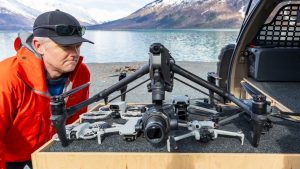
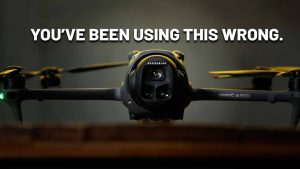
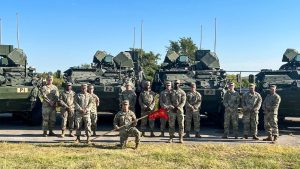






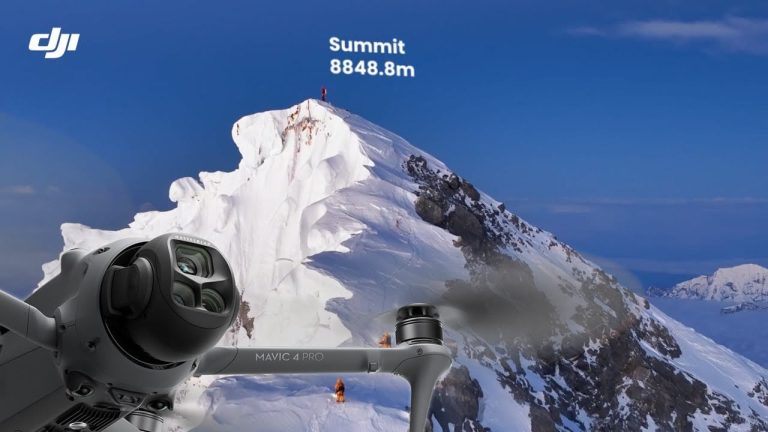
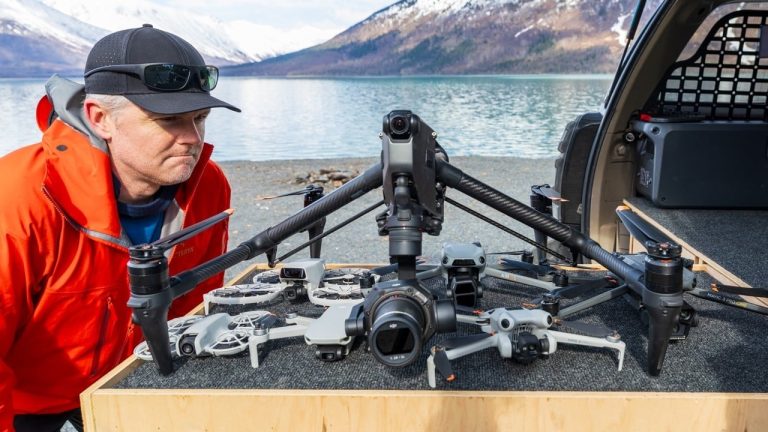
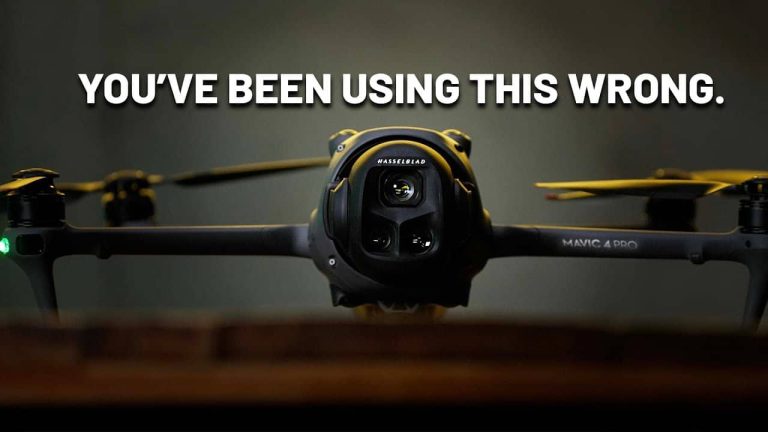



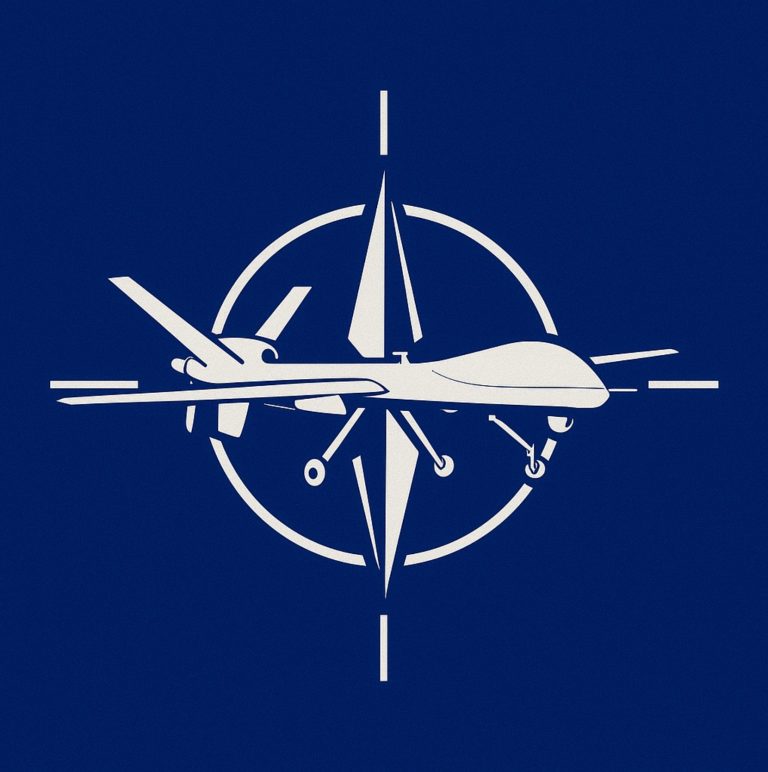
+ There are no comments
Add yours